There is no shortage of Souls-like titles on the market these days to get your fix of tough boss fights and skill-reliant gameplay, so new offerings need some special sauce to help set them apart. This time, Wuchang: Fallen Feathers is the new souls game on the block and manages to provide more than just a Chinese aesthetic twist to the formula.
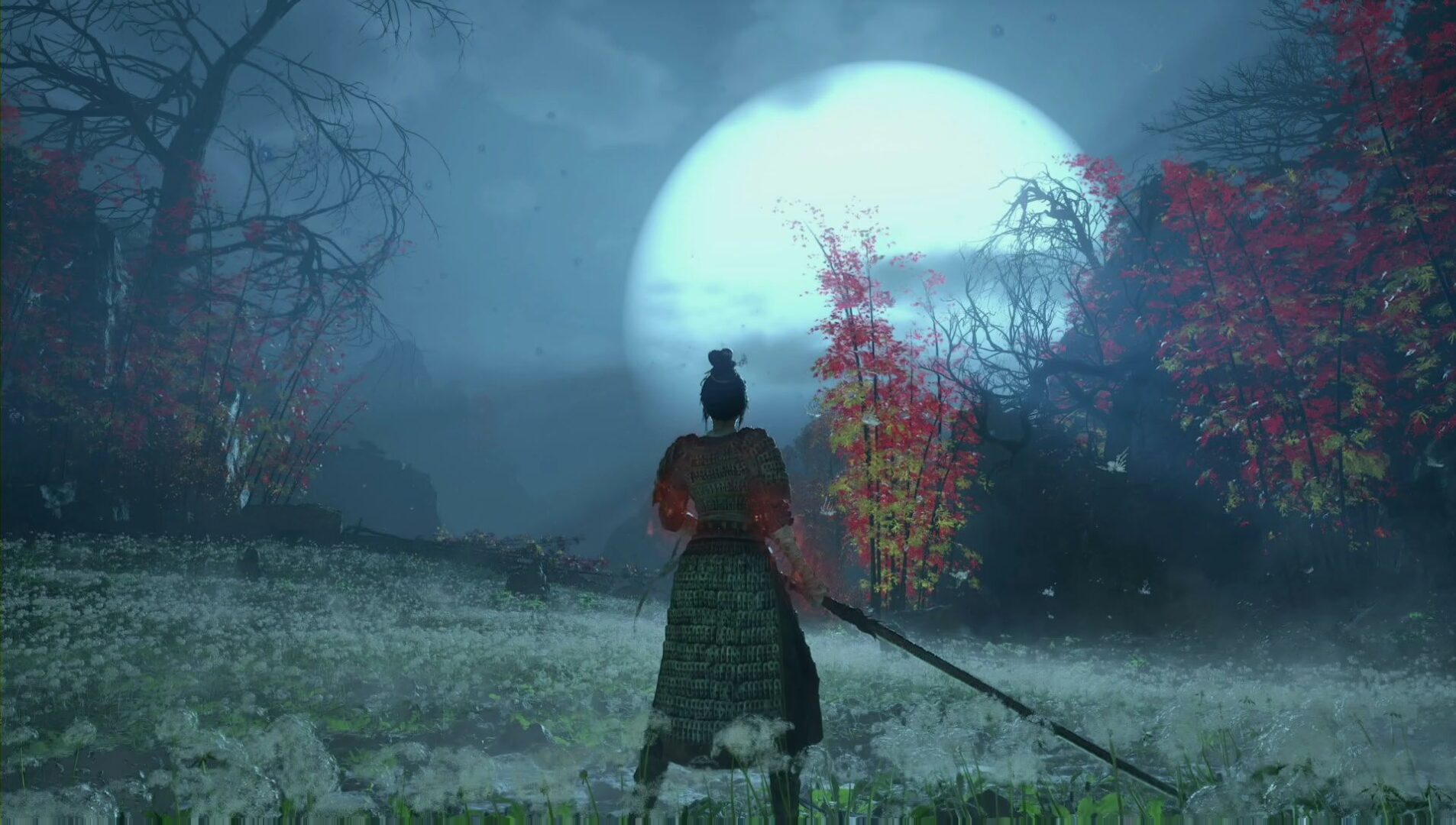 Wuchang dropped me in the role of the amnesiac pirate lady, Wuchang, who is suffering from a strange, curse-like disease referred to as Feathering that is plaguing the land of Shu, where the game takes place. To get to the bottom of the strange affliction, recovering memories and tracking down Wuchang’s missing sister sent me through hordes of gruesome demons, rebels, stylish and infuriating bosses, and the odd townsfolk and NPCs. I largely found the story and cast of characters, including Wuchang, to be rather forgettable, but admittedly, the story hasn’t ever been something I pay much attention to in these sorts of titles. While I couldn’t tell you the names of the bosses or NPCs outside of monikers like “lightning dude with gun” or “old spear guy with sick beard” that I gave them, I chalk that more up to how I choose to interact with the genre and not really a blemish on Wuchang itself.
Wuchang dropped me in the role of the amnesiac pirate lady, Wuchang, who is suffering from a strange, curse-like disease referred to as Feathering that is plaguing the land of Shu, where the game takes place. To get to the bottom of the strange affliction, recovering memories and tracking down Wuchang’s missing sister sent me through hordes of gruesome demons, rebels, stylish and infuriating bosses, and the odd townsfolk and NPCs. I largely found the story and cast of characters, including Wuchang, to be rather forgettable, but admittedly, the story hasn’t ever been something I pay much attention to in these sorts of titles. While I couldn’t tell you the names of the bosses or NPCs outside of monikers like “lightning dude with gun” or “old spear guy with sick beard” that I gave them, I chalk that more up to how I choose to interact with the genre and not really a blemish on Wuchang itself.
Gameplay is the big attraction for me when it comes to Soulslikes, and Wuchang manages to incorporate just enough cool ideas and smart gameplay decisions to create a system that falls somewhere between Dark Souls and Nioh in complexity, delivering a system that ranks among my favorites in the genre. Wuchang drops the more traditional MP resource in favor of “Skyborn Might”. Instead of a bar that drains, these are charges that power your magical spells, your weapons’ special skills, and can be stored to provide additional buffs. These charges are earned either by perfectly timing dodges away from an enemy’s attacks or by executing successful attacks. Navigating the extensive webwork of Wuchang’s skill tree will also open other avenues to earn Skyborn Might with the five weapon types you can spec into.
Wuchang rewards and incentivizes you to master and learn attack chains and combos, managing your Might while turning combat into more of a dance of death than just trying to mash the bumper buttons. As you progress farther into Wuchang’s story, more options to customize your build will become available. You will gain the ability to add elements to your weapons, learn skills, referred to as Disciplines (which can be swapped around on a per-weapon basis), and equippable Benediction items that grant passive buffs. For those that enjoy the min-maxing aspect of games and coming up with new builds, Wuchang will be a treasure trove, made all the more sweet by the fact that at any shrine (Wuchang’s bonfires) you can freely reallocate points on your skill tree. Zero penalty. It’s a shame, however, that there is no way to save different loadout sets, and if I could pick one thing this game needs soon after launch, it’s a method to do this.
The mechanic I found to be the most intriguing is “Madness.” As you kill non-monster enemies or die, the bar increases, representing the Feathering curse taking more and more of a hold over our heroine. Depending on how high Wuchang’s Madness is, various effects will begin to trigger, with more being able to be unlocked via the skill tree. These bonuses can be incredibly powerful, such as increasing the health gained from the dual sword’s Blademaster skill or speeding up how fast an attack comes, but this power comes at a price. The higher that Madness rises, the more Red Mercury—Wuchang’s currency and experience points—you drop when you die and need to retrieve. At the same time, both the damage taken and dished out increase. Maxed-out Madness has the added risk of causing an evil phantom to spawn where you die, which removes your Madness when you take it out. These fights were fun. I thoroughly enjoyed watching this phantom kill a bunch of enemies on its own before I swooped in, dealing the final blow and earning the spoils. As an extra bit of temptation, you can purchase items by taking Madness onto yourself, a system I never really took advantage of, but an interesting inclusion nonetheless.
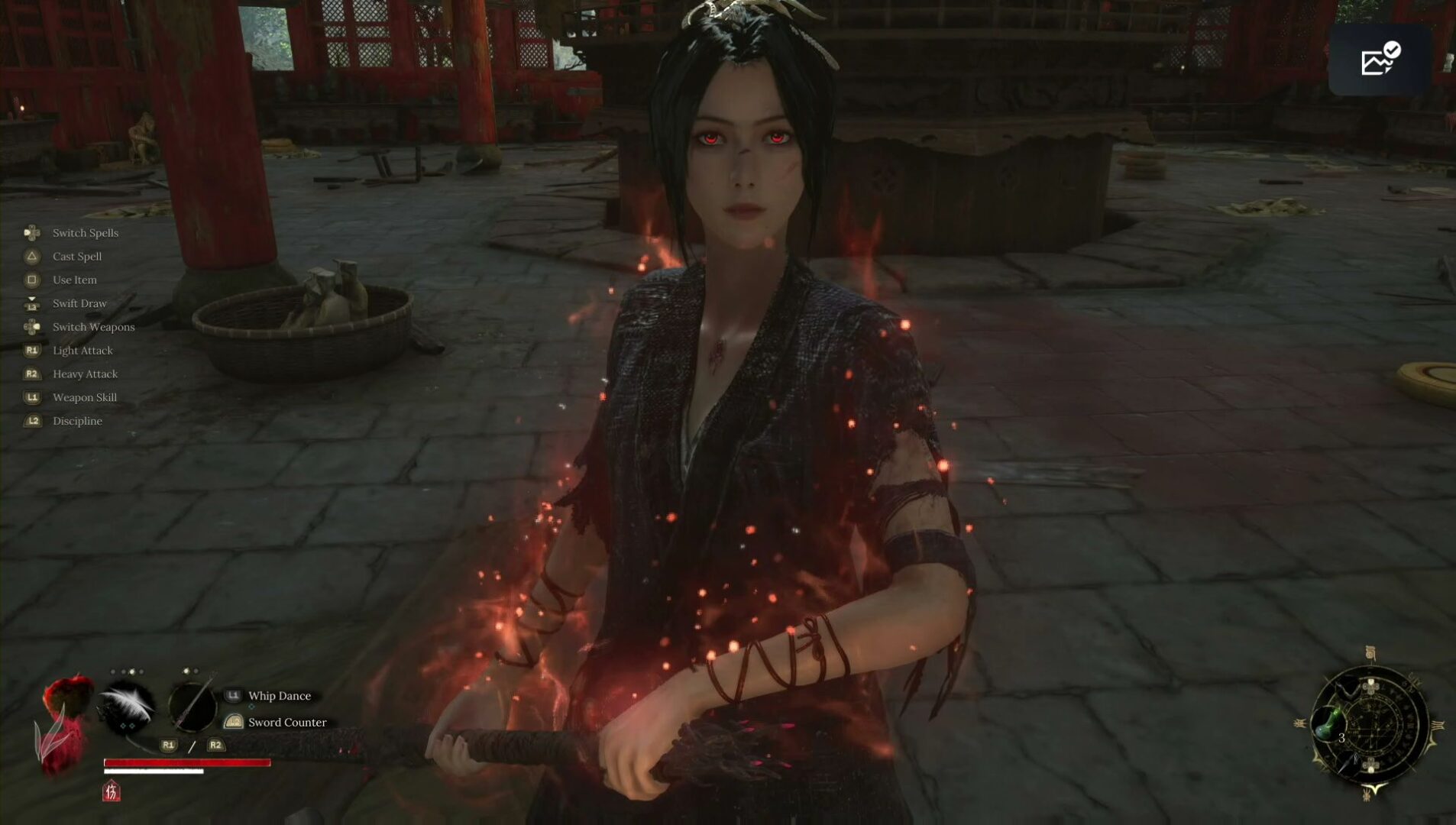 The visuals of Wuchang, with its Chinese architecture and inspiration, also help the game set itself apart from the more common medieval European and high-fantasy peers on the market. Textures can occasionally be a little rough, and if you look too closely at some models in the environment, you will see flaws, but these blemishes were easy to overlook thanks to the beautiful vistas and varied environments I fought through. Icy peaks, deep forests, and destroyed temples are just a small sample of what you can expect from Wuchang’s massive and imposing map.
The visuals of Wuchang, with its Chinese architecture and inspiration, also help the game set itself apart from the more common medieval European and high-fantasy peers on the market. Textures can occasionally be a little rough, and if you look too closely at some models in the environment, you will see flaws, but these blemishes were easy to overlook thanks to the beautiful vistas and varied environments I fought through. Icy peaks, deep forests, and destroyed temples are just a small sample of what you can expect from Wuchang’s massive and imposing map.
Wuchang’s sense of exploration reminds me of the original Dark Souls, with a handful of main areas that splinter off into smaller interconnected ones. They are broken up in such a way that to beat the game you won’t necessarily visit everywhere with friends I knew who also reviewed the game found places I never saw and fought bosses I never encountered. Thankfully, backtracking is made easier due to shrines allowing you to fast travel between one another, but I would kill for some sort of map. I realize that this statement could be considered taboo and sacrilegious amongst the most diehard fans of the genre, but that doesn’t stop me from wishing it were there. Some alternate paths aren’t very clearly conveyed and just lead to frustration and confusion when trying to progress. Unfortunately, I found Wuchang to suffer from this issue of vagueness in more than just finding my way around.
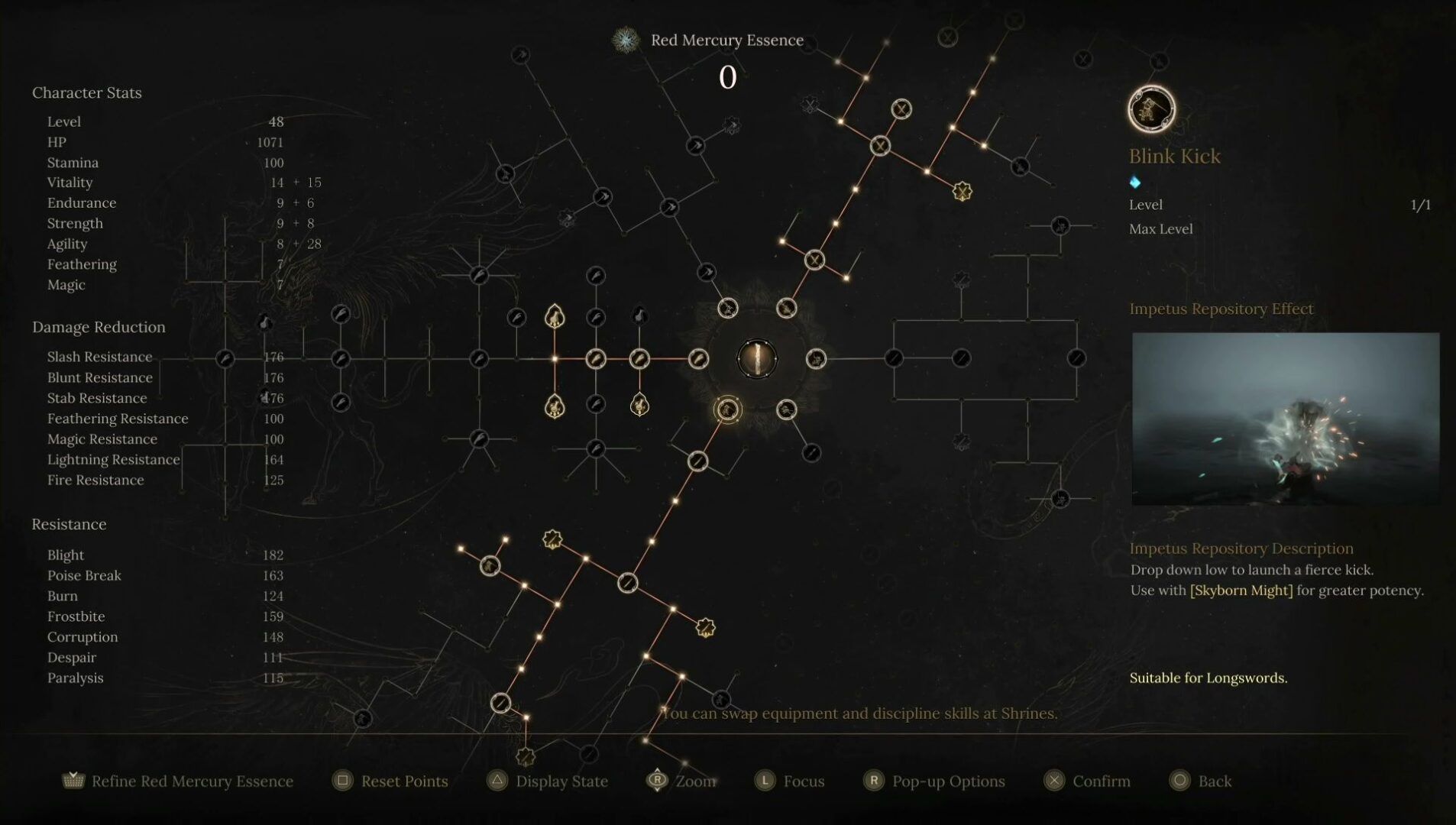 While I may appreciate all the tools Wuchang lets me play around with—from Madness to Skyborn Might, the various elements, and more—Wuchang really drops the ball when it comes to explaining things well. While the occasional tip pop-up will appear in multiple locations, I had to resort to sifting through the System Help menu’s mess to try and find what I was looking for. Even then, aspects like a spell’s “Alacrity” or a one-handed sword’s “Binding Time” stacks remain unclear. If Wuchang could implement a feature that allows you to press a button and open a window providing a brief explanation of the highlighted keywords featured in a description, this issue would be fixed. Having a better understanding of what everything does and how Wuchang’s various systems interact with one another may help alleviate my other main issue: the multiple sharp difficulty spikes around the bosses.
While I may appreciate all the tools Wuchang lets me play around with—from Madness to Skyborn Might, the various elements, and more—Wuchang really drops the ball when it comes to explaining things well. While the occasional tip pop-up will appear in multiple locations, I had to resort to sifting through the System Help menu’s mess to try and find what I was looking for. Even then, aspects like a spell’s “Alacrity” or a one-handed sword’s “Binding Time” stacks remain unclear. If Wuchang could implement a feature that allows you to press a button and open a window providing a brief explanation of the highlighted keywords featured in a description, this issue would be fixed. Having a better understanding of what everything does and how Wuchang’s various systems interact with one another may help alleviate my other main issue: the multiple sharp difficulty spikes around the bosses.
One of the defining aspects of the Soulslike genre, and one that appeals to many of its fans, is its challenging boss encounters. The first 8–10 hours of the game pitted me against challenging yet still rewarding bosses that tested and pushed me, where seeing my strategies work gave me a warm, rewarding feeling. Once I got deeper into the game, I felt like the bosses weren’t playing by the same rules. I was getting knocked out combo strings, my attacks being brushed off as though they were nothing, and sometimes I would get hit before I regained control after entering their arena to fight them. Fights changed from being moments to test my prowess and strategy into looking for the best random environment asset I could get the boss stuck behind to cheese out a win. On the rare occasion that I was able to summon one of the NPCs to assist me, they would run headlong into attacks over and over again with little regard for their own self-preservation.
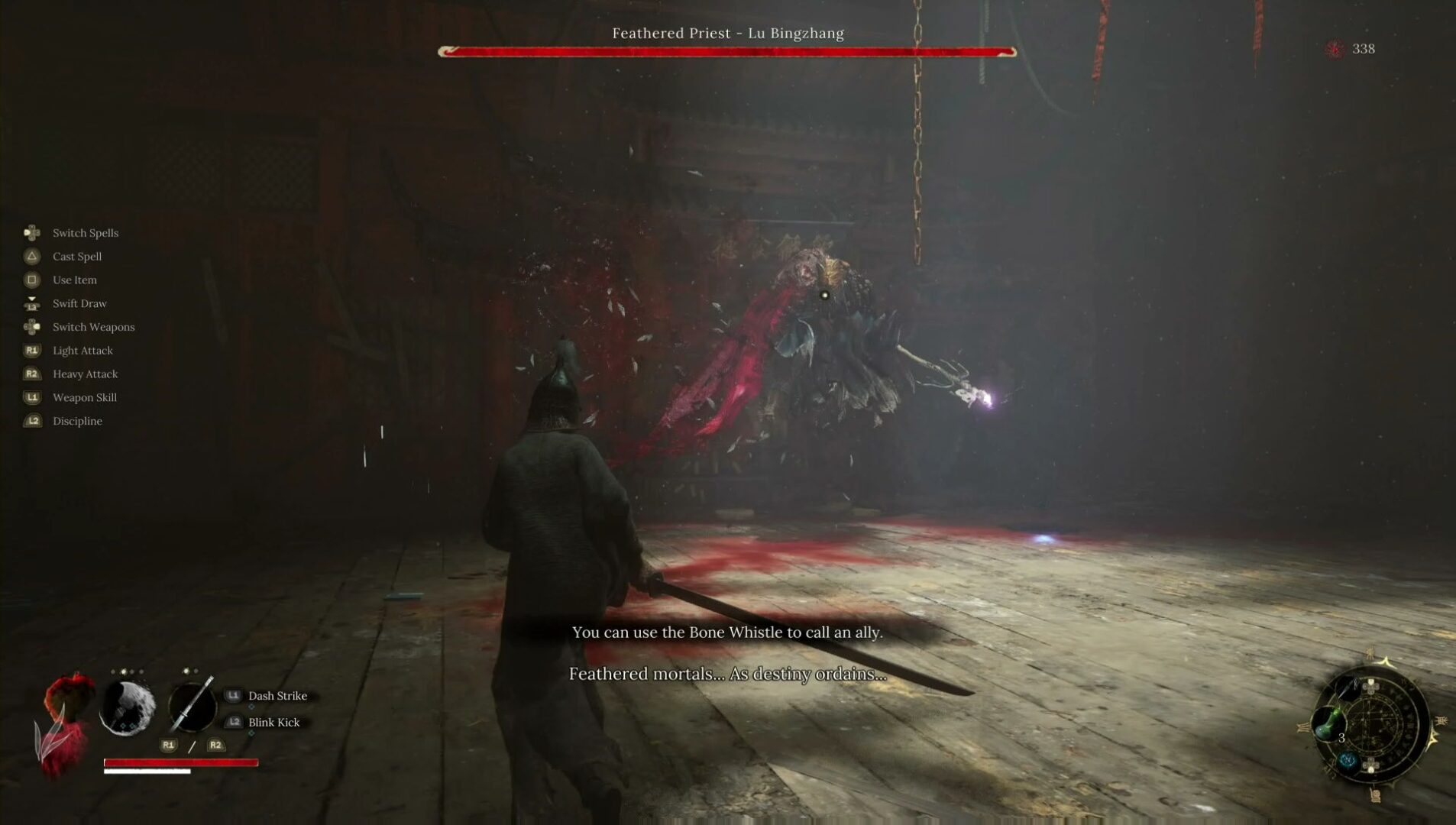 It was also around the time of the first big challenge spike that I came to realize two things about myself: maybe I’m getting too old for these sorts of games, and that I appreciate other Souls games incorporating multiplayer. I know that I still enjoy the RPG-heavy systems of these sorts of games and that victorious high you get when you finally tackle that boss that has been giving you issues, but running around chasing an energetic toddler and keeping them alive has reduced my available free time to find ways to keep myself alive against these bosses. In a game like Dark Souls, Elden Ring, or Nioh, when I’m struggling, I can just call up a friend for help, or at the very least, struggle in solidarity with them, but with Wuchang, I have no such luck. This all just resulted in me feeling old and worn out, though that could also just be the sleep deprivation talking.
It was also around the time of the first big challenge spike that I came to realize two things about myself: maybe I’m getting too old for these sorts of games, and that I appreciate other Souls games incorporating multiplayer. I know that I still enjoy the RPG-heavy systems of these sorts of games and that victorious high you get when you finally tackle that boss that has been giving you issues, but running around chasing an energetic toddler and keeping them alive has reduced my available free time to find ways to keep myself alive against these bosses. In a game like Dark Souls, Elden Ring, or Nioh, when I’m struggling, I can just call up a friend for help, or at the very least, struggle in solidarity with them, but with Wuchang, I have no such luck. This all just resulted in me feeling old and worn out, though that could also just be the sleep deprivation talking.
From a purely mechanical standpoint, Wuchang is one of my favorite non-FromSoftware takes on the genre I have played. Its abundance of builds potential and the encouragement to experiment, thanks to the free respecs at shrines, should become the standard going forward. The emphasis on combo-strings during combat and replacing a typical MP bar with charges was also a breath of fresh air that helps set Wuchang apart for me, but extreme difficulty spikes, the shoddy AI with your NPC “help,” and the lack of clarity and information leave me with a sour taste in my mouth. I really want to like this more then I ended up doing, and maybe I’m just getting old and don’t have the adequate time to “git gud” anymore, but I hope that through patches, at least some of my issues will be addressed in the weeks and months after launch, but I’m not reviewing what “could” be.
Wuchang: Fallen Feathers leaves me wondering if the grind to try and learn how to tackle infuriating bosses is really for me anymore. I appreciate the approach it takes to set itself apart in this saturated market of soulslike games, but unfortunately, its stumbles are too great to really let it soar.
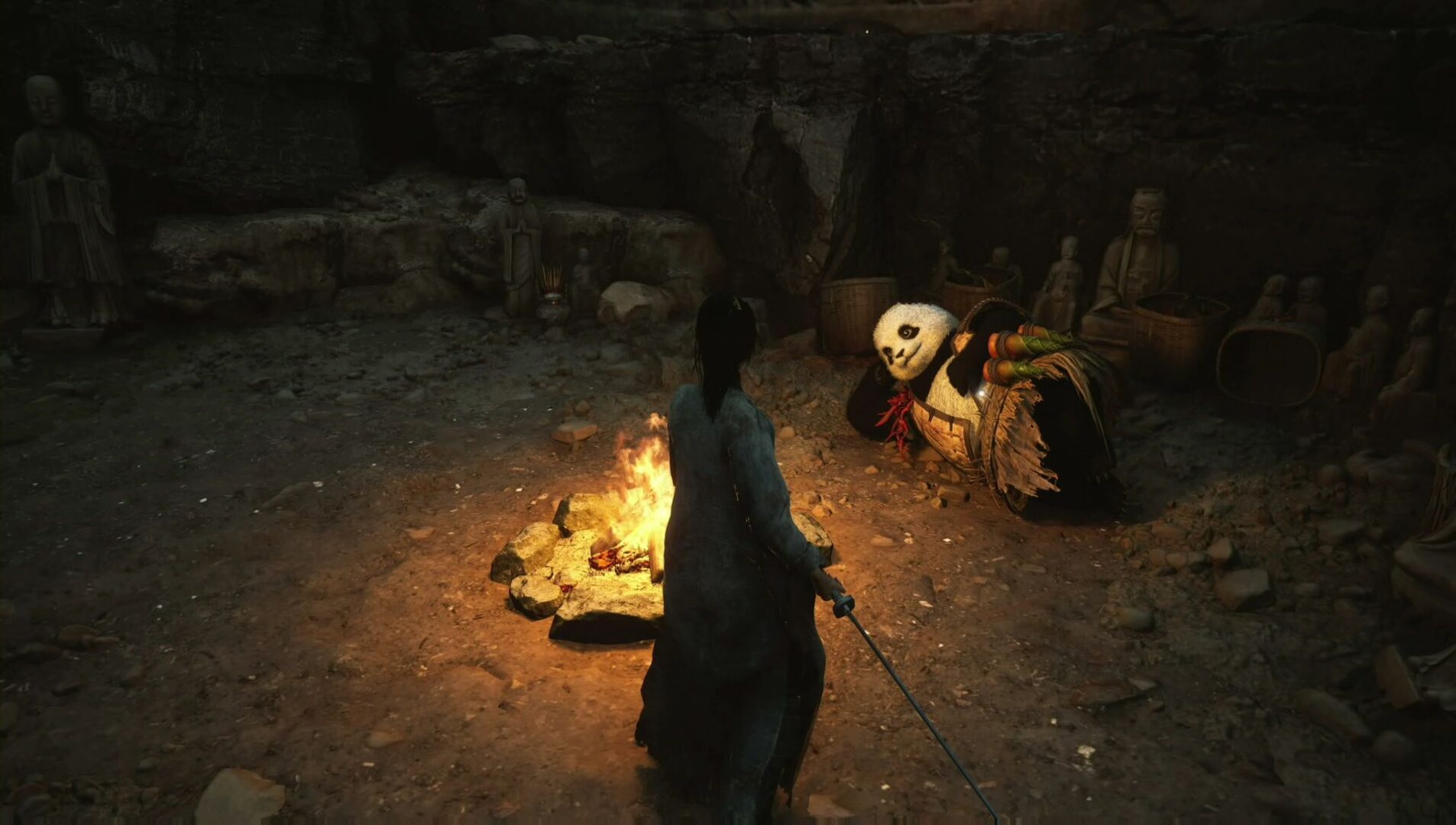
Wuchang: Fallen Feathers was reviewed on the PlayStation 5 using a code that we were provided.






